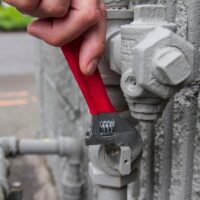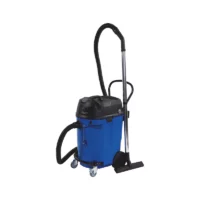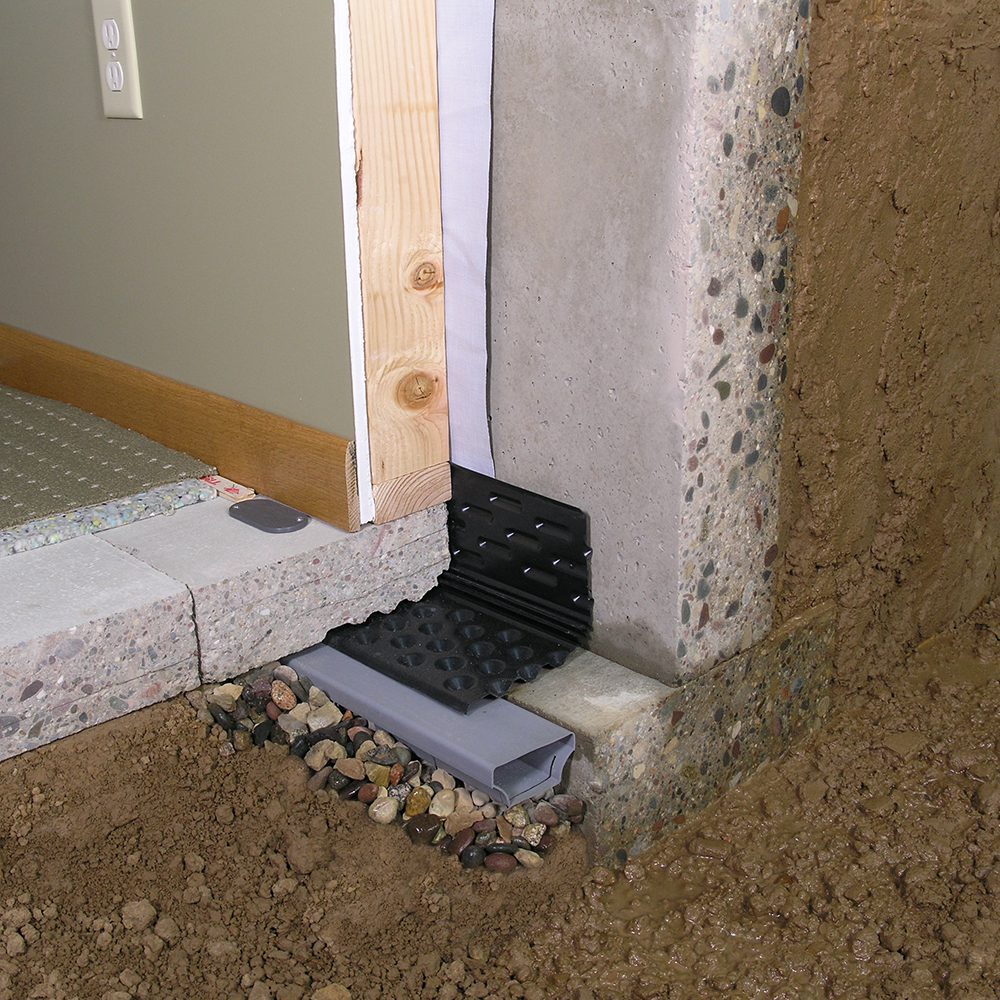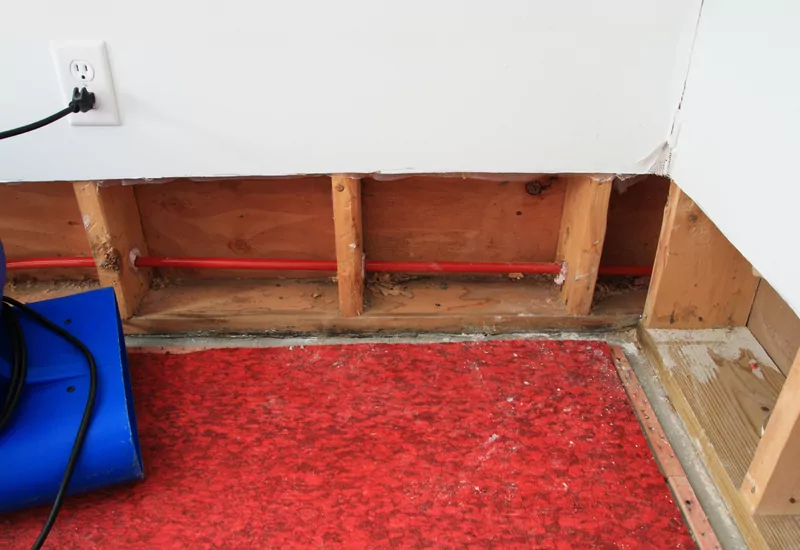Returning home after work, or a much-needed vacation can quickly turn into a nightmare upon discovering a basement full of water. How you handle this emergency affects not only the level of damage your home may sustain but also the safety of those you love.
KEY TAKEAWAYS
Act Fast To Reduce Repair Costs.
The longer your basement sits in water, the more it’s going to cost to clean up. Basement Flooding is the top cause of mold and mildew.
Hire a professional
You can clean up some of the icky mess yourself to save money, but a pro is much nicer on your back (and your nose).
Check to see if you're covered.
Just because you have home insurance doesn't mean you're covered. Best to check before a flood happens.
Check out our Ultimate Basement Flooding Hand Book!
Basement Flooding Prevention Handbook: Essential Strategies
What to do when your basement floods?
Start with these steps:
1. Shut off electricity and gas to the area. If you’re not sure how, call an electrician or Flood Doctor, who can get someone out to you right away.

2. Try to determine the source of the water. Excessive rainfall or a burst pipe are two top reasons why your basement may flood.

3. If safe to proceed, and while wearing protective gear like boots, gloves, and a mask, enter the water to investigate the source further. If your basement has a drain and you can safely navigate to it, check to see if it is clogged.

4. Time to get that water out of there. Depending on the amount of water, this may be as simple as using towels, a mop, or a wet vacuum. If the flooding is more extensive, a sump pump is necessary. Once the bulk of the water has been removed, soak up all remaining moisture with towels.

5. Assess the damage. Remove any items, like furniture, that appear damaged by the water and move them to a space where they can dry. If the drying process on items takes longer than a couple of days, unfortunately, they may not be salvaged. Any items within boxes should be removed to air out, and all items should be monitored for mold growth.

How to prevent your basement from flooding
It’s easy to look back at the cause of a flooded basement and see where things went wrong, but what about preventing flooding before it occurs? There are some measures you can take today to help waterproof your basement and safeguard it against a catastrophic flooding episode.
A sump pump can be your basement’s savior. An automatic sump pump set to trigger on when it senses water in your basement space offers a layer of protection for your home, even when you’re not there. Homeowners in particularly flood-prone areas should have a backup sump pump, and check to see if flood insurance is available for purchase.
If you have a basement window, make sure it’s protected with a window well cover.
During the next heavy rain, check around your yard to see where water is pooling and being diverted to. If it’s going toward the foundation of your home, contact an expert to grade your yard so it’s able to properly handle the water it receives during storms.
Keep your rain gutters clean, and make sure they’re pointed away from the foundation of your home.

How Much Does It Cost to Have a Flooded Basement Cleanup?
Typically, a flooded basement comes at the worst possible time and leaves tons of damage and destruction in its wake. Fortunately, professional cleanup services are available to help mitigate the problem and get your basement back to normal. Whether you’re dealing with a flooded basement from storms or weather-related flooding or due to an issue with water backup, you need to call professionals right away to stop the damage from getting worse.
The national average cost for cleaning up a flooded basement is between $5,000 and $15,000. Most people spend around $10,000 for full flood mitigation and cleanup of a 500 to 600 sq. ft. basement with around 12-18inches of water and category 2 damage. At the low end of the price range, you find basic cleanup services for as little as $2,500 for minimal water removal in a space of 500 sq. ft. or less, at category level 1. A severe category 3 cleanout with major damage restoration in a larger area costs up to $55,000.
Flooded Basement Cleanup Cost by Basement Size
The size of your basement will also impact what you pay for flood cleanup. Typically, jobs are priced based on the severity of the flooding and damage as well as the size of the space that needs to be cleaned. Most flood cleanup services charge an average of $3.50 to $7.25 per square foot. Keep in mind that while the size may impact cost, the severity of the damage (discussed above) will also affect costs. Based on size alone, we’ve created a table where you’ll see a breakdown of the most common sizes and what it costs to clean up flood damage in each.
BASEMENT FLOODING CLEANUP
Basements are the most common area of your home to be flooded. Whether it’s from heavy rainfall, a roof drainage problem or a sump pump malfunction, water seems to always find its way into basements. One of the most common causes of basement flooding in Virginia, Maryland and Washington D.C. homes and businesses is sump pump failures due to power outages after storms.
It’s always a good idea to have a battery backup and an alarm system installed. Compared to the costs and headaches associated with having to deal with flood damage cleanup and restoration, it’s a no-brainer. However, if you find your basement flooded, Flood Doctor technicians are trained, certified, and ready to get water out of your basement, clean and preserve your possessions, and mitigate your property as quickly and efficiently as possible.
The two most important things a home or business owner can do are;
- Have sufficient flood insurance, and
- know who to call after a flood.
Flood Doctor’s IICRC trained and certified technicians are always on call and ready to help. When Basement Flooding puts your building’s foundation to the test, give us a call; with over 20 years of experience, we’ll handle it.


Rain, rain, go away. And sewage backups. And burst pipes. All y’all can GO. AWAY.
Especially if they turn your wet bar into a soaking wet bar and your ping-pong table into an island.
Every homeowner with a basement imagines that horror. If it should happen to you, don’t retreat into a fetal position on your couch and hope for a miracle, no matter how much you want to. You can deal with the soggy disaster. Here’s how.
DIY Some of the Cleanup to Save Money
Once the water is pumped out, the rest can be a DIY job. Just make sure to protect yourself with:
- Gloves
- Rubber boots
- Eye protection
- A mask (especially if you’re dealing with a sewage backup)
- A nose plug if the smell is awful
- Open all windows and doors, and run large fans and dehumidifiers.
- Scrub water-contaminated walls, floors, cabinetry, or hardware with a soapy solution. Ventilate again.

But Don’t Feel Like a Wimp if You Want to Hire a Pro
As long as the company you hire is trustworthy and affordable.
A small flood might cost as little as $500 to pump out and dry, but a large flood can cost up to $10,000.
So just be sure to do your homework on who you hire.

5 Things To Do So You’ll Never, Ever Flood Again
- Install a leak detector and high-water alarm. These tiny devices notify you before a small leak becomes a disaster, either via an audible alarm or a text message.
- Insulate your pipes. Thawing pipes are one of the leading causes of basement flooding.
- Maintain your backwater valve. It prevents sewage from seeping from the septic or sewer system to your home.
- Consider a sump pump. Every basement should have one of these flooding saviors.
- Flush and dump with caution. Dumping anything besides waste and toilet paper down your toilet or drains is a big no-no — from tampons to grease. These clog the system, causing backups.
Emergency?
Send us a service request and one of our project managers will contact you within minutes. Our Rapid Response units are typically on site within an hour of initial contact.